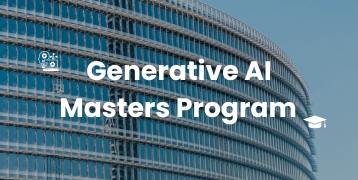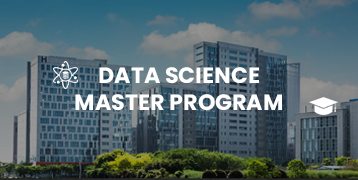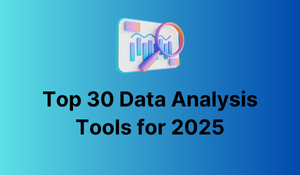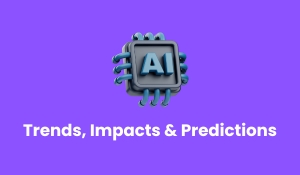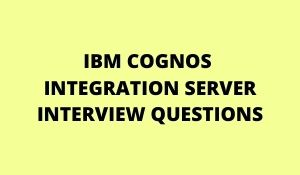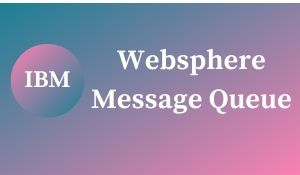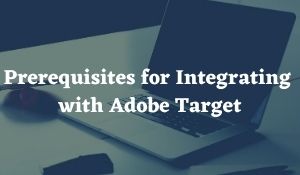
As a part of the Adobe Target and AEM integration, one needs to enroll/register with the Adobe Target, secure activity settings, and replication agent configuration on the node of the public.
Adobe Target Registration:
To integrate the target of Adobe, one must have an account of it. The account should have a valid account with Adobe Target, you will also receive a client node. Besides, you need the login name of Adobe Target and the password to make connectivity with Adobe Target and AEM.
The code of the client can identify customer Adobe targets when there is a calling happening among the Adobe target servers.
How to enable the target replication?
The target replication agent and test should be enabled on the instance of the author. Make a note of the replication agent that occurs by default if you run the ‘no sample content’ to run the AEM installation. For more details about the production environment, check the security checklist:
- Initially, click on the Tools.
- Then go to Deployment.
- Then click replication
- Tap the ‘Agents On Author’
- Click on ‘Test and Target’ and then click the Edit button.
- Select the option called ‘Enable.’
Activity Securing Setting Node:
One must have secure settings of the activity node which means ‘Activity Settings’ on the instance publish so that it will be inaccessible to the common users. The setting node of the activity always should be accessible to the handling service for the synchronization of the activity to the Adobe target.
The Activity Settings of the node are often available under the CRXDE / campaign/content / ‘name of the brand’ which was under the activity.
This node also creates the user with a target.
The activity settings of the activity content are protected by the below ACLs:
- Allow jcr: rep, read: write for the ‘authors of the target activity’
- Deny all the activities for everyone.
- Allow jcr: rep, read: write for ‘target service.’
These types of settings will ensure that common users do not have access to the node of the properties. One must have to use the same type of ACLs as the publisher and author. Let’s know about the Security and User administration.
Related Courses
| Course Name | Enroll Now |
|---|---|
| Adobe Analytics Training | Enroll Now |
| Adobe Dynamic Tag Management Training | Enroll Now |
| Adobe Livecycle Es4 Training | Enroll Now |
| Adobe Fireworks Training | Enroll Now |
| Adobe Marketing Cloud Training | Enroll Now |
How to configure the AEM externalizer?
While editing a setting activity in the target of Adobe, the points of URL in the Localhost until you change the AEM URL on the node of the author.
To configure the AEM externalizer, one must have to include these steps:
- Navigate the web console of OSGi at http://<server>.
- Then find the Day CQ Link externalizer and have to domain the node of the author.
What is meant by Adobe Target?
Adobe target is defined as the cloud solutions of the Adobe experience which can be used to offer everything that a user needs and personalize the experience of the customer to maximize the revenue on the website of and sites of the mobiles, applications, sites, social media, and various other types of channels.
There are many components available for the Adobe target:
Standard Target:
The standard target is defined as the front end of the Adobe target which can be used to visualize and manage the tests of A/B and also the rules-based activities of the target that can be connected to the cloud of the Adobe experience. The standard target often supports the insertion of custom code in the workflow of the visual experience composer. The target standard only provides an implementation strategy in the digital properties. Just a single code line on every page can manage all the communications that are needed to be required in between Adobe target and your site.
The best practices of the industry build into standard targets and they can be designed for experienced users. One can share the information/data and can collaborate easily with the team members who are using Adobe Cloud.
Target Premium:
The target premium is considered as the advanced licensed premium feature to target the standard. The topics of the target premium help in including the badge of the premium at the top page.

Automated Personalization:
It offers advanced algorithms of machine learning to drive improved conversion digital rates and the experience of personalization. The record visitor of the automated personalization builds visitors’ profiles to the content that is needed to be targeted a lot. It can also track the content response on the building visitors’ profile that can be used to grant sophisticated approaches of the modeling to target automatically every individual through accounting everything whole about the visitor.
Automated personalization can be used to learn on its own and can be required to have minimum human analysis. The fully automated system also learns continuously a lot. These types of systems can be used to interact with the modeling system.
Auto-Target:
The auto targets of advanced machine learning can also be used to identify high-highlight-defined experiences and can serve as the most experienced tailor to every visitor based on the customer’s profile and the previous behavior of the users.
Recommendations:
These are defined as the front end of the Adobe target which can be used to visualize and manage the tests of A/B and also the rules-based activities of the target that can be connected to the cloud of the Adobe experience. The standard target often supports the insertion of custom code in the workflow of the visual experience composer. The target standard simply provides an implementation strategy in the digital properties. Just a single code line on every page can manage all the communications that are needed to be required in between Adobe target and your site.
The best practices of the industry build into standard targets and they can be designed for experienced users. One can share the information/data and can collaborate easily with the team members who are using AdoCloudoud.
Conclusion:
Hope you have got the complete information about the prerequisites for integrating with AdoTargetget. Still, if you have any queries on this topic, feel free to comment in the below section.
👉 Related Articles:
🎯 What is the use of Adobe Analytics?
🎯 Adobe Target: Overview for Exchange partners
🎯 Accounting for Payables Transactions in Fusion Applications
🎯 Adobe Analytics Key Business Requirements and Key Performance Indicators
🎯 AEM Developer Interview Questions and Answers 2025
🎯 Interesting things about Adobe Audience Manager
🎯 Updated Adobe Target Interview Questions and Answers
🎯 Learn all the Concepts regarding AEM Developer
🎯 Basics Concepts Of Adobe Analytics Tutorial


